Your baby starting to crawl is a huge milestone and is something that many parents look forward to. It’s a huge change for your baby too, as they can now move about by themselves and start to fully explore the world around them. Many babies will start to crawl around 8 months, although some might do this earlier and others a little bit later. And some babies will bottom shuffle to move around and will go onto all fours a bit later, and sometimes just before walking.
Things to remember
It’s important to remember that all babies develop at different speeds and you shouldn’t be overly concerned if your wee one is going at their own pace. This is especially true if your baby is born premature.
Learning new physical skills isn’t easy for babies and can sometimes cause them to get upset and cry. This can be hard for you too, so remember to ask family and friends for support, or speak to your Health Visitor or Family Nurse for advice.
How do I encourage my baby to start crawling?
There are a number of things you can do to help your baby start crawling, but one of the most important is to relax about it. The main thing is that your baby is starting to move independently, so how they do it doesn’t matter that much. So, whether they crawl backwards, bottom shuffle or something in between, it’s all ok.
You can tell that your baby is getting ready to crawl when they can push themselves up on extended arms. You can also help them develop this with tummy time activities.
Try these fun tips to build their balance and help them on their way. This video from NHSGGC has more tips to help you encourage your baby to start crawling.
Tips to encourage crawling
Tip #1: Reach out
Try placing toys just out of their reach while your baby is on their tummy. This will encourage them to move forward and grab them. Try one hand at a time.
Tip #2: Commando crawling
Your baby might do this by wriggling on their tummy. This is fine and you should give them plenty of support and encouragement when they do.
Tip #3: Big push
If your baby is pushing up on straight arms, you can help by gently bringing their bent knees under their body into a crawl position. Use your hands to steady them around the hips and your knees to keep their legs from spreading outward.
Tip #4: Non-slip
If you have wooden or laminate floors and your baby is struggling with sliding, try putting them on a mat. You can also use your hands to give them something to push against with their feet. Bare feet are often best for crawling.
How to make the most of crawling
Making crawling fun and rewarding will help your baby develop their skills and start to think about walking too. Your wee one will still need a lot of supervision and you’ll need to find a balance of ‘letting them have a go’ and keeping them safe. But making sure your home is baby proofed should help you feel more confident. You should always:
- Check the floor for sharp objects or small items that your baby could put in their mouth. You should also fit safety gates on stairs and anywhere else that needs them
- Avoid using a baby walker. These encourage the wrong kinds of movement for walking, and should never be used. It’s better for your baby to be able to explore by crawling
- Make the room interesting to explore with different toys and objects spread across the floor. You can look over and under things together and explore different surfaces like carpet, rugs, laminate and grass
Taking the stairs
At some point, your little one will probably become interested in climbing the stairs. Don’t panic, climbing is great for your baby’s planning skills. But they’ll need your support and constant supervision to make sure it’s safe.
You can help show your little one how to crawl up the stairs and how to come down safely. Some babies will crawl down backwards, some will slide on their tummy, and others will bump down on their bottom. They’re all fine, but will always need close supervision.
Staying safe
Once your baby starts to move around on their own, it’s important to keep a close eye on them. Make sure the space around them is completely safe to explore and that your home is baby proofed.
Should I be worried?
If your baby has no interest in moving around independently by 8 months, then you should discuss this with your Health Visitor or Family Nurse. It’s still ok for some babies to crawl after this age but your Health Visitor or Family Nurse can advise you on the best way forward. Or if you have any other concerns at any stage of your baby’s development, you can also discuss this with your Health Visitor or Family Nurse. If your baby is premature and receiving follow up care, you can also get advice from your developmental team.
If you have twins, triplets or more they may take a bit longer to reach milestones, especially if they were born prematurely. It’s best to talk to your health visitor if you have any concerns. You can find out more about milestones for multiples on the Twins Trust website.
Learning new physical skills can be hard for babies and it’s normal for them to cry. If they get really frustrated, they can cry in an angry way and their faces can turn quite red. You might find this worrying, but as long as your baby is not having breathing difficulties, there is nothing to be alarmed about. Just try to comfort and settle your baby as normal.
 Activities & Play
Activities & Play Behaviour
Behaviour Childcare
Childcare Development & Growing Up
Development & Growing Up Family, Friends & Relationships
Family, Friends & Relationships Feeding Your Baby
Feeding Your Baby Food & Eating
Food & Eating Health & Safety
Health & Safety Mental Health & Wellbeing
Mental Health & Wellbeing Money & Work
Money & Work Online Behaviour & Safety
Online Behaviour & Safety Pregnancy & First Days
Pregnancy & First Days School & Education
School & Education Sleep
Sleep


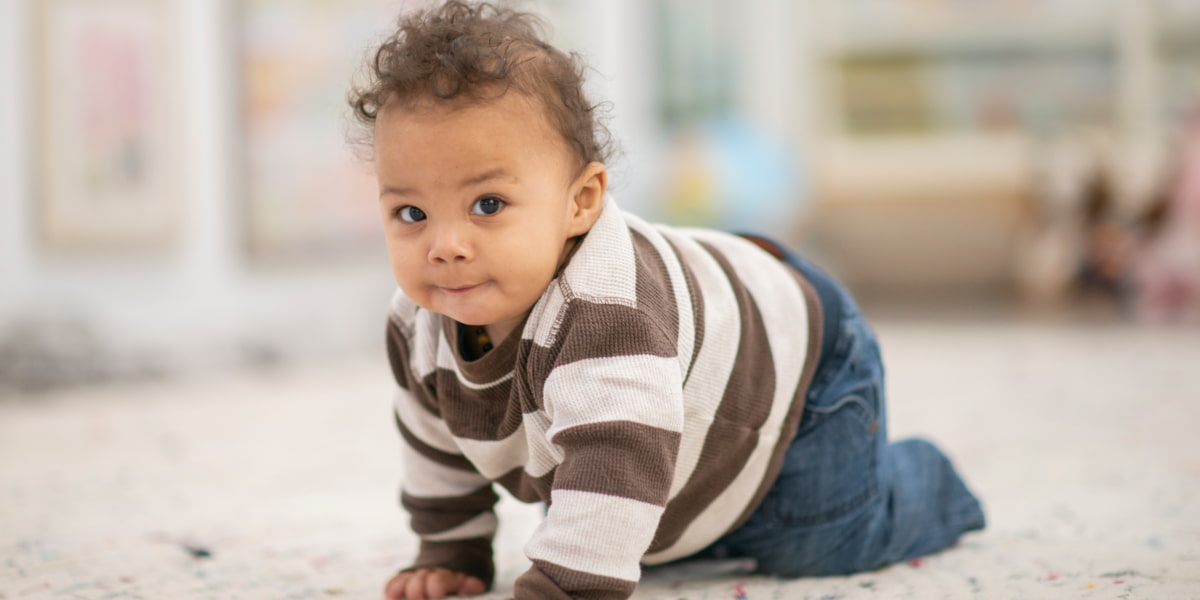
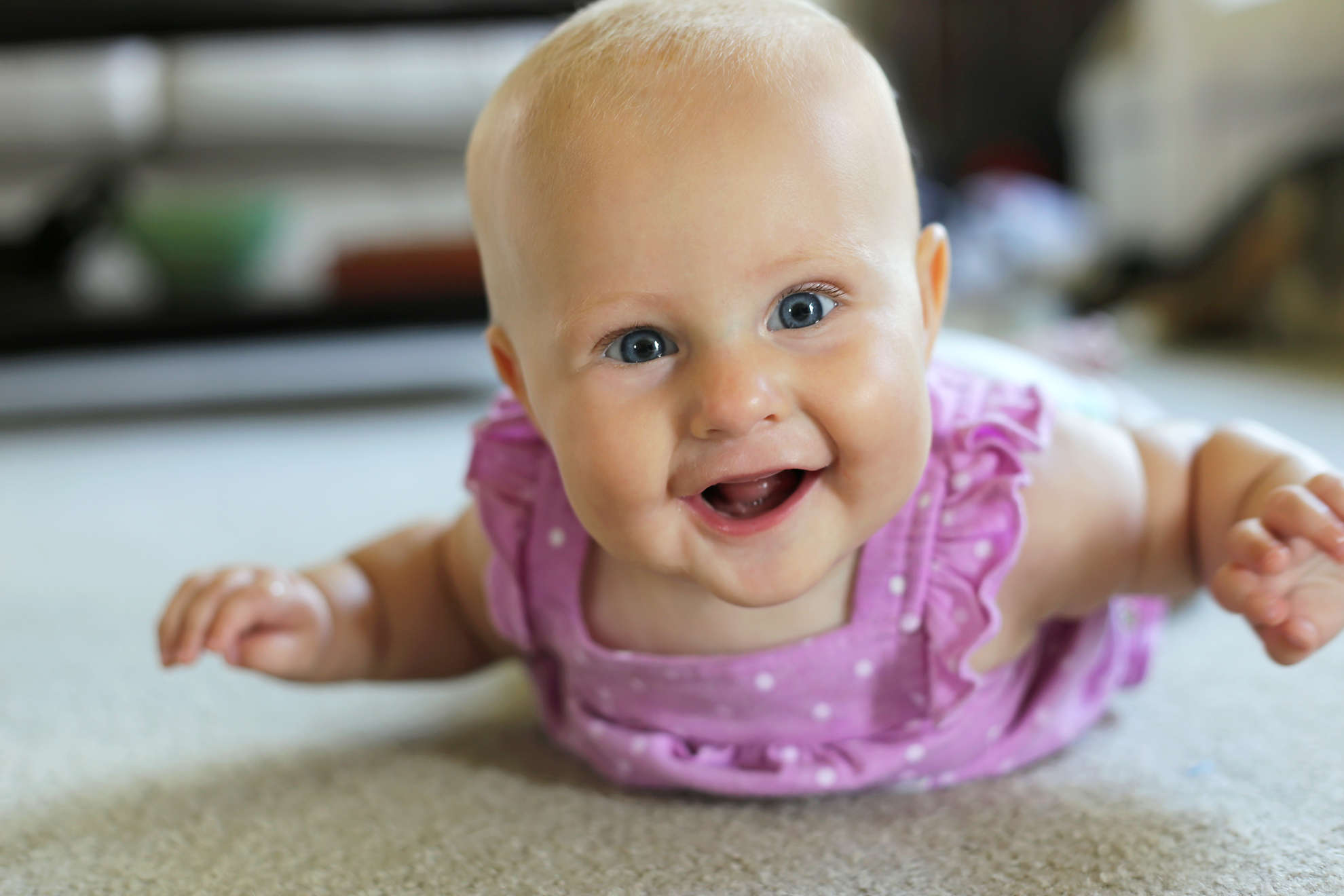
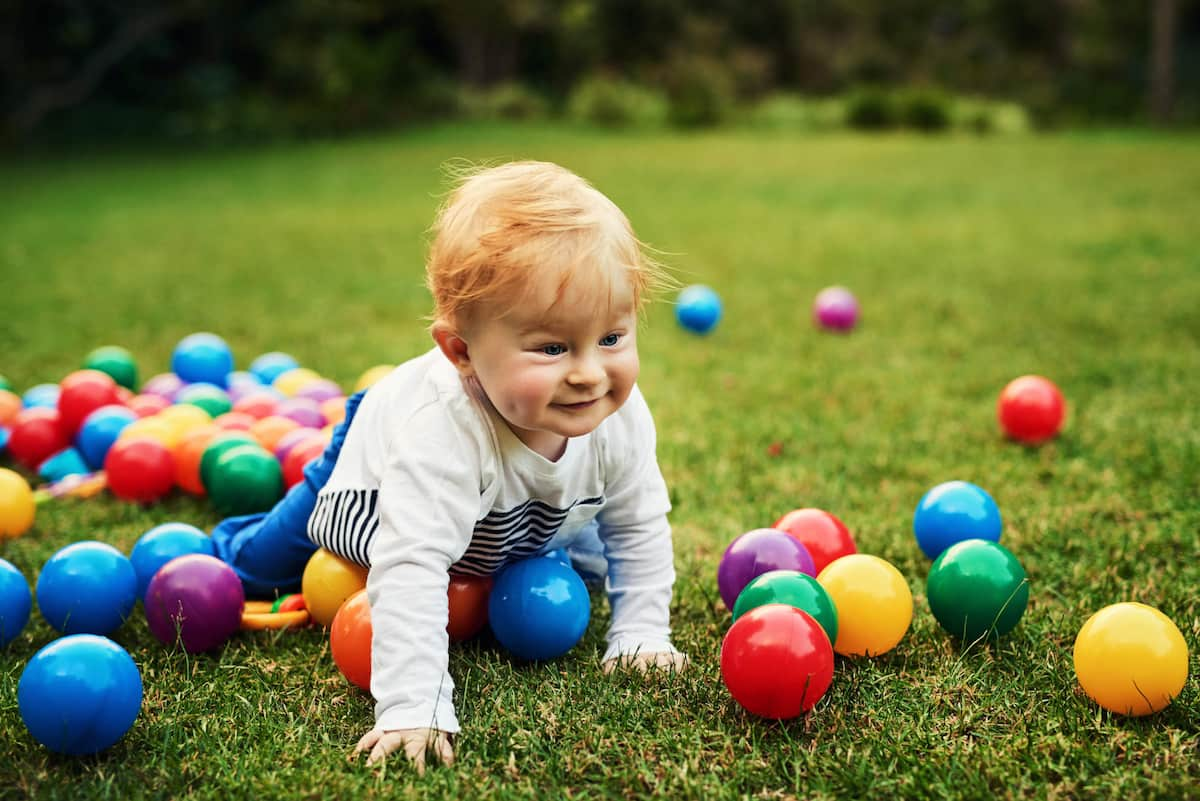
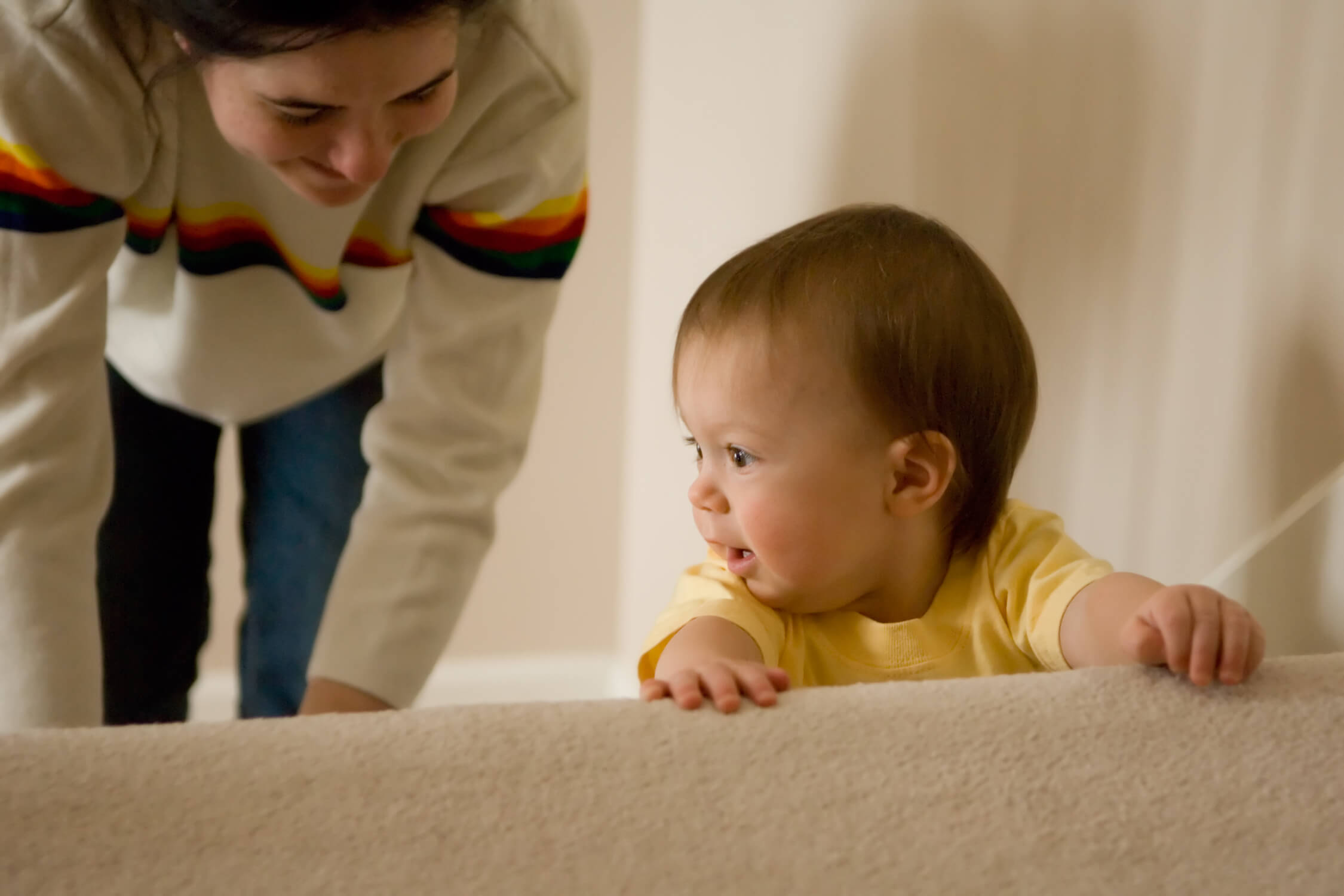
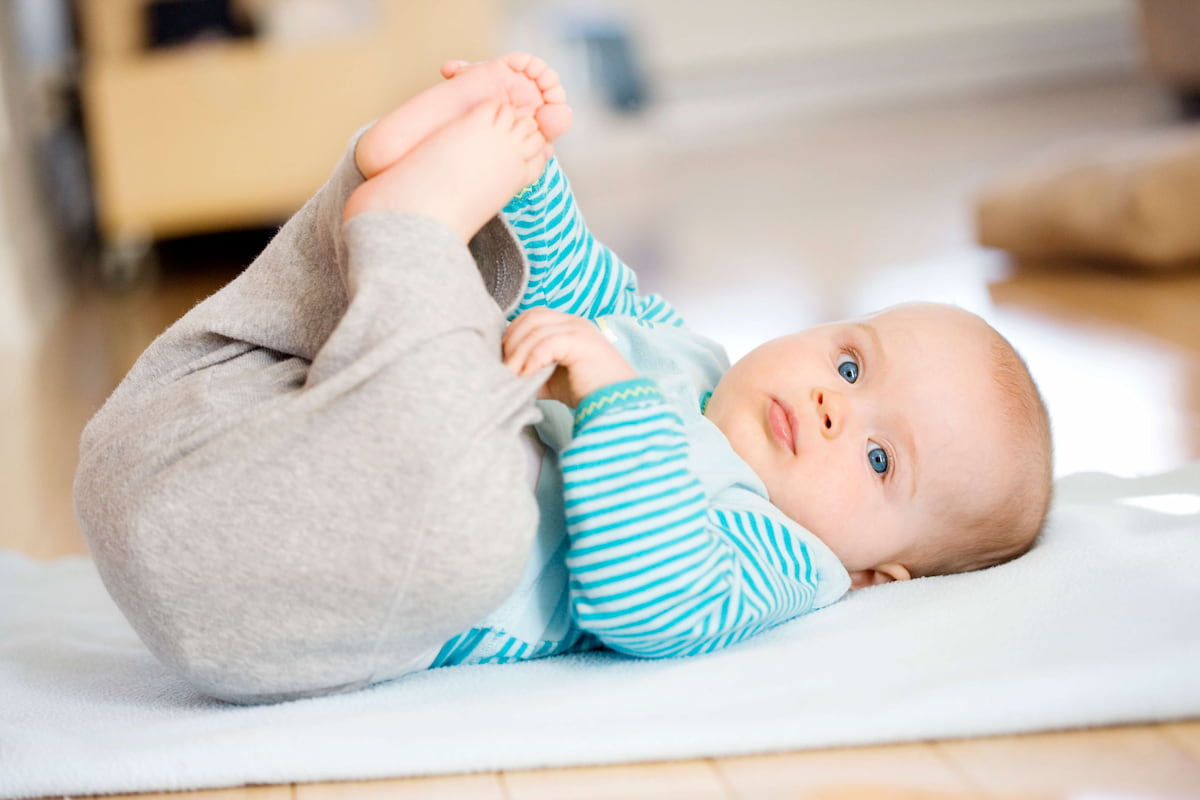
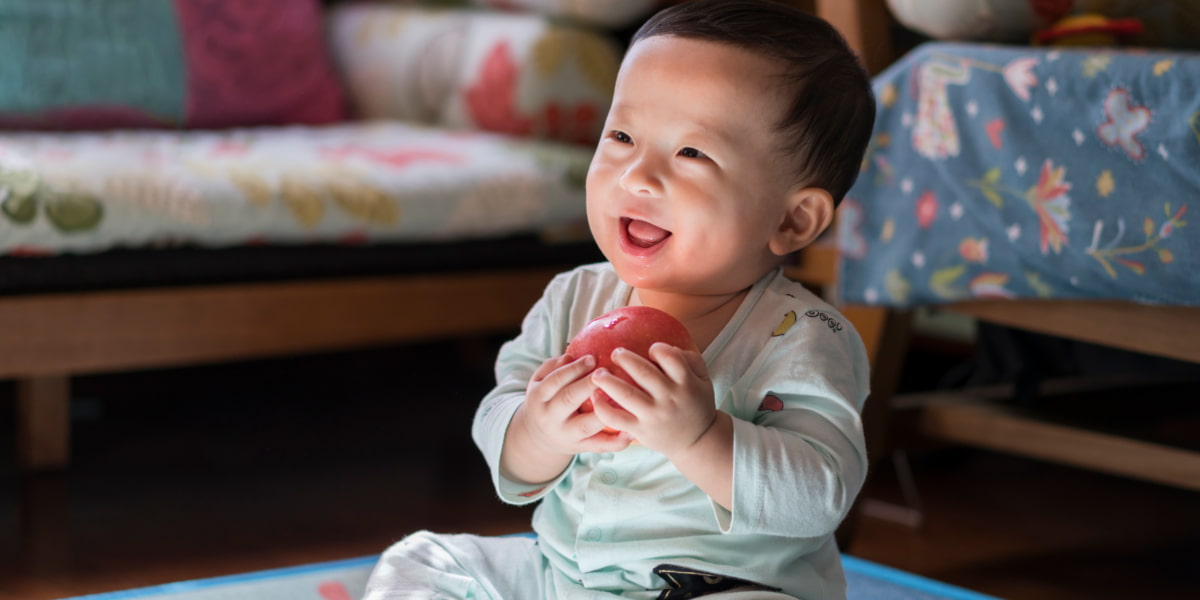
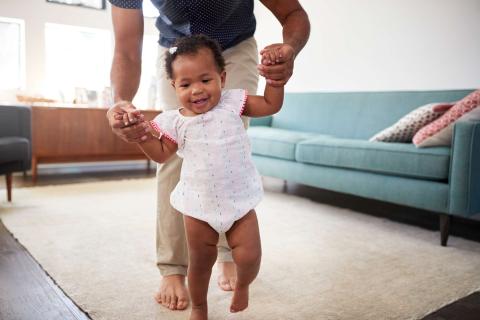
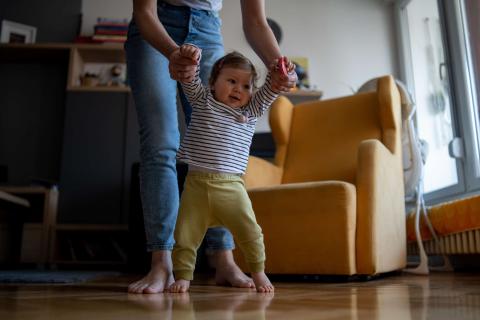
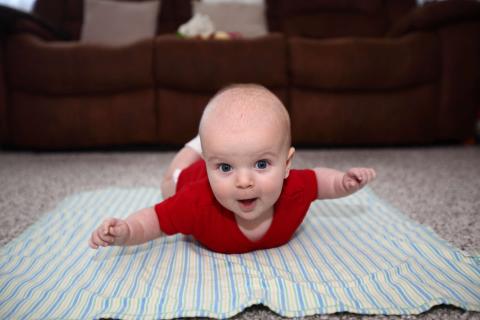
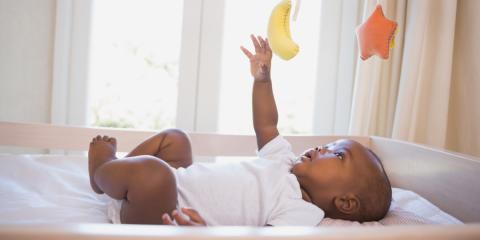
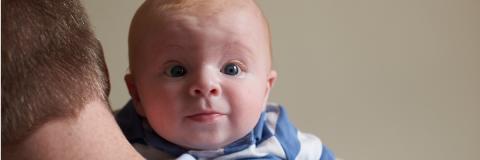
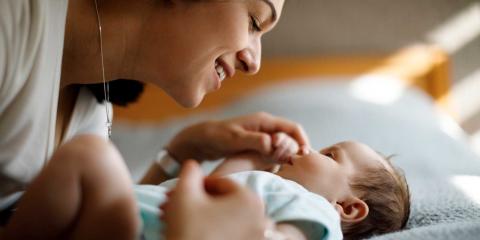
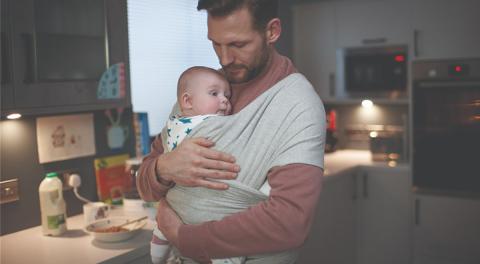
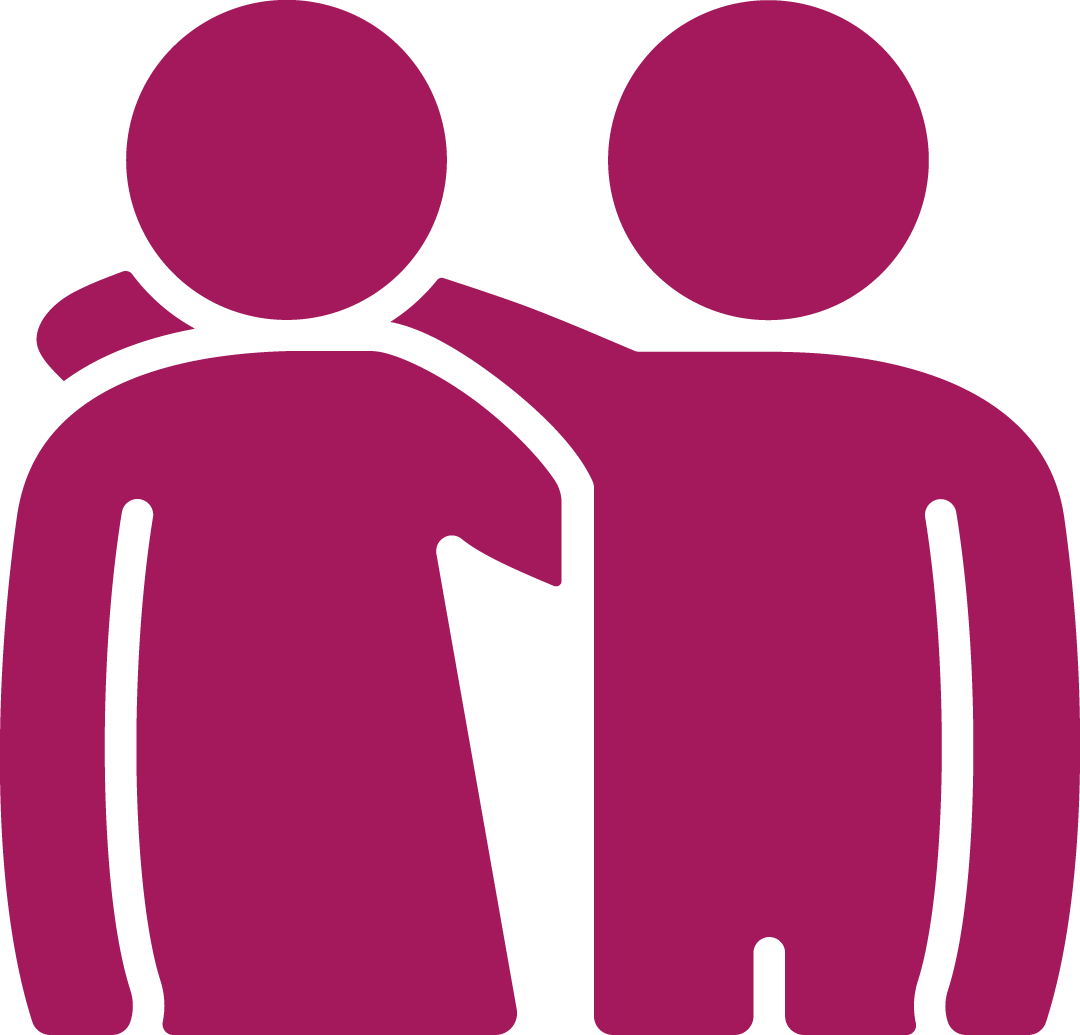 Family, Friends & Relationships
Family, Friends & Relationships
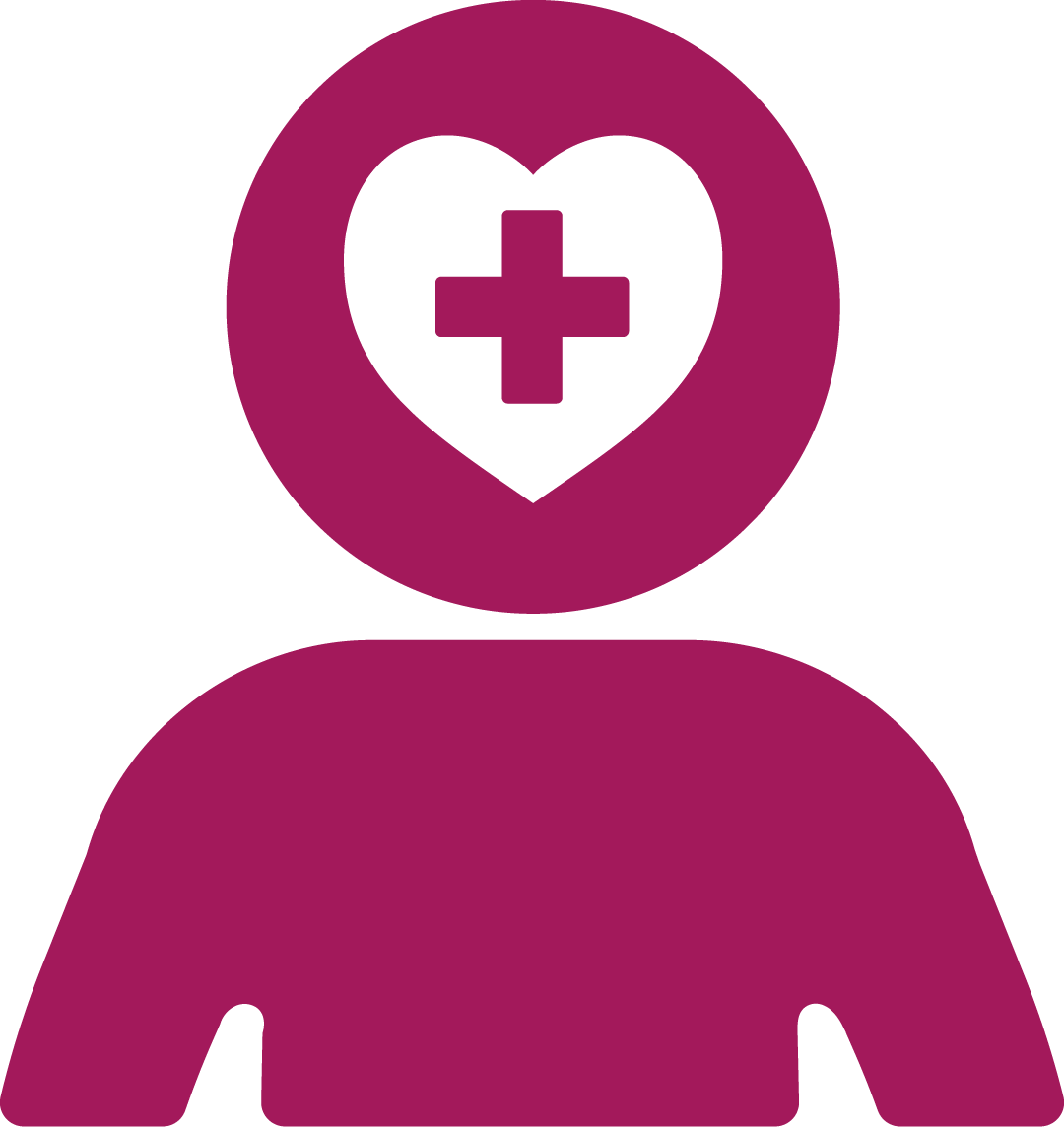 Mental Health & Wellbeing
Mental Health & Wellbeing